-
Posts
295 -
Joined
-
Last visited
-
Days Won
2
Content Type
Forums
Gallery
Store
Posts posted by pverrando
-
-
If you own a Schoeps or Sennheiser T-power microphone, CMC4 Upgrade is offering a special: $26 off each upgrade. $128 for a Schoeps CMC4 genuine conversion to CMC5, schematically exact & with additional RF suppression, replacement of out-of-spec components and obsessive circular contact and circuit trace cleaning. See http://www.cmc4upgrade.com for particulars in upgrading your Schoeps.
If you own a 416T T-power microphone, 416Tupgrade is offering a special: $26 off each upgrade. $99 for a Sennhieser 416T conversion to P48 with additional RF suppression. See www.416Tupgrade.com for particulars in upgrading your Sennheiser 416T or 415T, 816, 815, 406, or 435. (Note: We cannot upgrade Tuchel connector mics to XLR.)
I feel my upgrades are a better option than the chip mentioned above for not only the above complications, but the chip has a greater propensity toward RF interference from plug transmitters, walkies and remote focus devices. It also uses a zener diode that's shown an aptitude for failure and/or noise generation after several plug-unplugs to 48v phantom. My upgrade also does not occlude the screw retainer opening in the 416.
My service also has the benefit of hundreds successful of upgrades performed since 2015. Turnaround time is about two days ready-to-ship.
-Pete Verrando
-
Interesting Russian SNST knock-off. Photos are screen grabs from the recently ended ebay auction. Its called a Yacht-1M. Original auction link:
https://www.ebay.com/itm/Yacht-1M-Tape-recorder-Replica-Nagra-SNST-/254264562070
-
Hope this is not too off topic, but this chestnut is so typical to the film industry
-
I love reading vintage industry magazines. It appears the most of the entire run of Studio Sound is available online at https://www.americanradiohistory.com/Studio-Sound.htm Ebay would give you the widest audience. I once sold a complete set of very obscure Russian chess magazines on ebay. USA post has a "library rate" which makes the price of shipping within the US very low for printed matter (or any media). Does the UK have a similar postal rate?
-
I sold a block 25/26 package to a mixer in Ukraine. 6 transmitters and a Venue. He said Lectrosonics was not purchase-able there.
-
Where will these go for service?
-
Thanks for posting this. Great stuff, not only in subject matter, but shot on film in that great old 16mm European documentary style.
-Pete
-
a picture of your nagra could help- what kind of front latch was used, 5" or 7" lid, and if there is any hinge hardware already on your machine.
-
The interior condition of that CMC is pretty crazy. The XLR leads, RF bypass caps, both electrolytics replaced with japanese units, also probably the FET, and 1 gig resistor have all been replaced. The circular connector has been removed and replaced with nuts and bolts. The whole amplifier structure seems to have been stripped and replaced, including the transistors, which should be closely matched and have a mininum current gain of 450, typically 500, and they should have an RF bead on the base lead.
-Pete Verrando
-
-
Its a new-old-stock Ampex head, fitted into a pilot headshell.
-Pete Verrando
-
I just stumbled upon this thread! It is extraordinarily rewarding to seeing these positive comments, thank you very much.
-
I was doing a quarter track head conversion using the pilot head position on stereo nagras about 3-5 years ago. I did 3 of them, and sold them all to Asian audiophiles. I used NOS Ampex quarter-track heads, doing some light "machining" so they would fit snugly into the pilot tone head shell. I used the NRS switch on the front panel to allow switching between the quarter-track and half-track playback head. I've had a few requests to make more, but its a lot of work hours. I have photos, but have to find them. Here is a video demo of one of them on youtube:
-
-
I listened to one of these, and found it had a very high noise floor, I thought there was something wrong with it. I contacted the company, and sent them sample audio files. They acknowledged the noise, and sent me another mic. . It was just as noisy as the first. It's an electret condenser design, using a cardioid FET electret microphone element, and a preamplifier . Of course, I took it apart. While a simple Class A, Schoeps-type amplifier design would have been easy to implement (and much quieter), the Diety's amplifier circuit is a multi-stage affair that uses an unidentified op-amp and several transistors with rows and rows of surface mount passive components. The sales material suggests the mic is "waterproof." Several youtube video reviews show users subjecting the mic to water. I don't understand this, and not only as a matter of principle. The interior of the mic uses a fibrous filter "paper" wrapped around the mic's interior tube, and secured with clear tape. These parts don't look like they would survive water exposure. The mic is an enigma to me. The included case is a pelican type would survive a nuclear blast, and is overkill. I'd rather they put the money into a better mic capsule and amplifier.
-
Don't do it. Do Not Do It. Regardless of intentions, prop and art departments treat most items carelessly. They are working too fast with too many items to do otherwise. Assume it will not come back in the condition you sent it. Do not rent anything to a production that you can't afford to lose.
-
-
I have the smaller one, and it's very handy. I presume the accuracy is acceptable, the specs indicate it is, but I haven't done a long term test. The display brightness is adjustable, and bright enough for adequate outdoor exposure. The smaller unit lacks the first digit of the hours column, which is represented by a single LED. I don't understand why they did this, as an LED "1" would have been just as easy. (see the photo in the OP link) There is no power switch. The unit is powered off by inverting the 9V battery. I like the pocket size, yet large enough display to be an usable TC slate. Obviously designed by people not intimately familiar with the sound/camera department. A pocket-able generator/slate for an extra camera, DSLR, extra TC generator, or display unit for the script supervisor.
-
I find reality jobs (at least the jobs I accept) to pay as well, or better, than many commercial calls. Reality is now so heavily scripted, that the days are similar to lightweight sitcom/drama work, except with lots of wireless. Days rarely reach 10 hours, and I happily wear a walkie, as it makes the work more entertaining to me (personally) and I know exactly what's going on (especially lunch break), as that info is never announced aloud by an AD, like it is on a traditional set. Nor do I have to get info second-hand from a boom op, or overheard from various grown-up confabs. Cast are typically much friendlier than tight-assed actors trying to "hone their craft" with mumble-tracks.
-
Chrismedr, import taxes are waived, as the shipment can be classified as a repair, to be returned after the service. On the customs form, specifiy "return for repair", and I specify "return from repair" when shipping back to you. The cost of shipping has been roughly US$25 worldwide using your country's postal service, YMMV. Those who have chosen to insure shipments, do so for roughly US$600 (enough to make the postal service pay attention and automatically requiring a signature upon delivery). Save shipping weight as much as practical by not including heavy mic enclosures in the package. Thanks for asking.
Pete Verrando
www.416Tupgrade.com
-
After a successful year of upgrading Schoeps CMC4 microphones to 48V phantom, I'd like make the JWsound community aware of the www.416Tupgrade.com service, for conversion of T-powered MKH Sennheiser series microphones to 48V phantom power. The upgrade is available for 416, 415, 816, 815, 415 and 406 microphones. http://www.416Tupgrade.com
Thank you
Pete Verrando
-
Thank you for the kind words, Philip and John. Yes, I can modify an 815T for 48V. I have done a few Sennheisers unofficially , but am working on the website (416Tupgrade.com) and looking to launch the service at the end of August.
-Pete Verrando
-
Wait! No skull and crossbones? The kids like skulls and crossbones. Something about wanting to be dangerous.
-



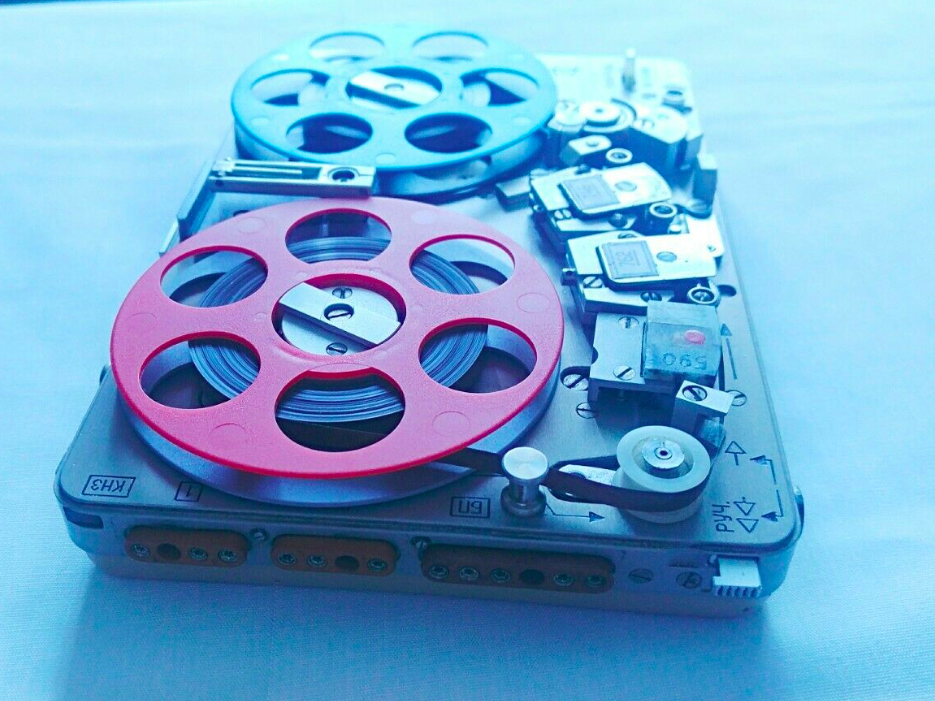

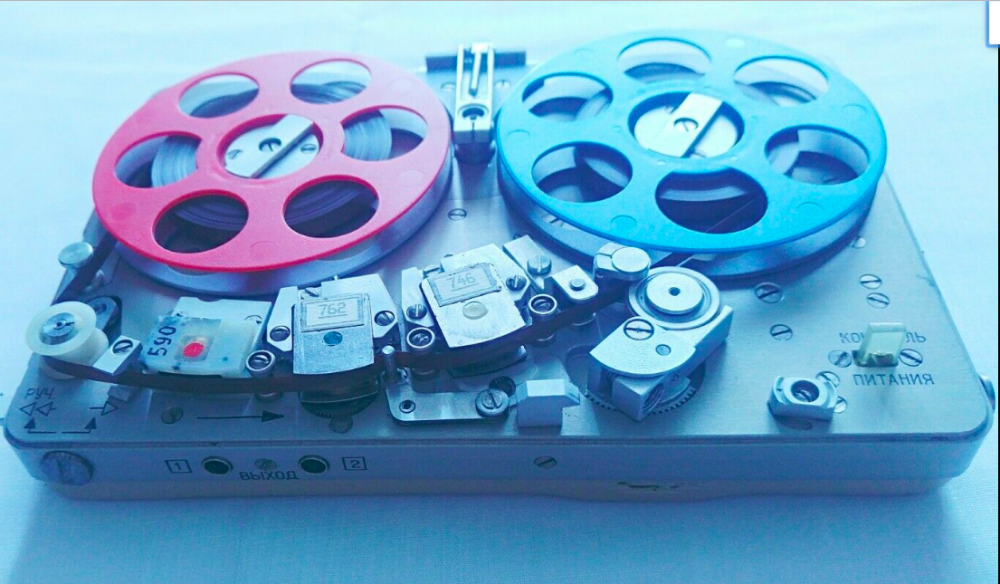
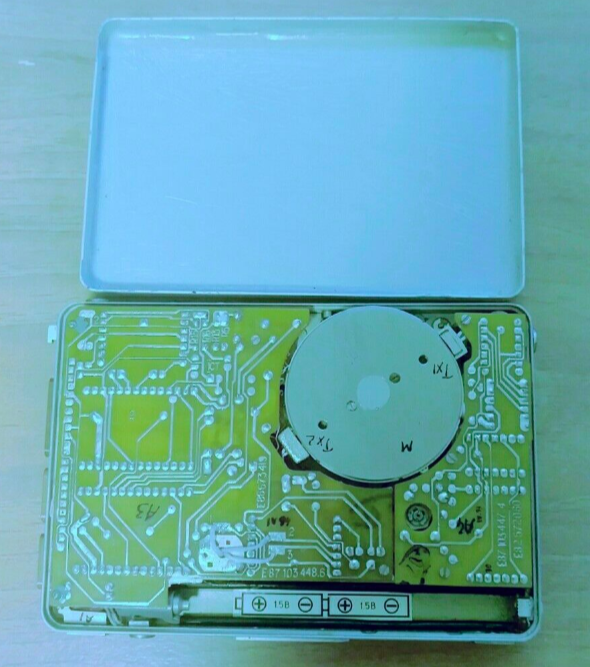
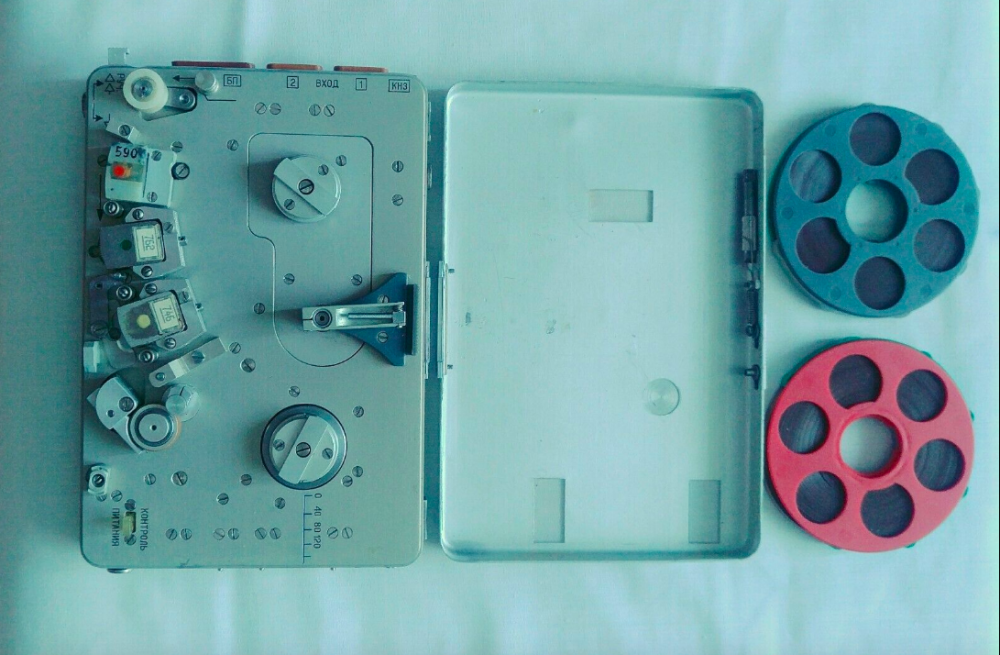

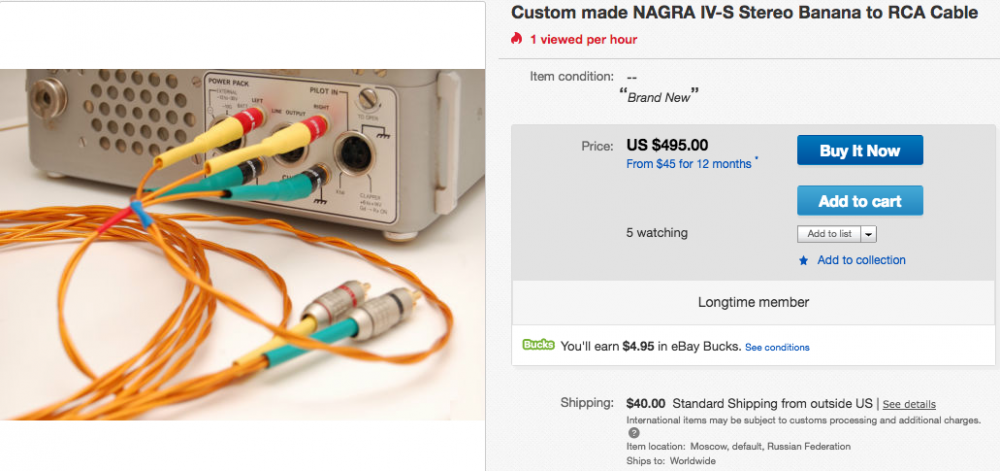
How will Ai effect production sound recording?
in General Discussion
Posted
AI is already having an impact on the film and television industry, including the capture of dialogue. Here are several ways in which AI is influencing this aspect of content creation:
Automated Transcription: AI-powered transcription services can quickly and accurately transcribe spoken words in audio or video files. This technology significantly speeds up the process of turning spoken dialogue into written text, making it easier for filmmakers and editors to work with the script.
Voice Recognition for Subtitling: AI-driven voice recognition systems are improving the accuracy of subtitling. This is particularly useful for translating dialogue into different languages or making content more accessible to individuals with hearing impairments.
Scriptwriting Assistance: AI tools can analyze successful scripts and provide insights into writing styles, dialogue structures, and genre-specific patterns. This assistance can be valuable for writers and filmmakers looking to enhance the quality and authenticity of their dialogue.
Voice Synthesis: Text-to-speech (TTS) technology, powered by AI, is becoming more advanced. This can be useful for creating placeholder voiceovers or even generating entirely synthetic voices for characters in situations where a human voice actor may not be available or feasible.
Dialogue Enhancement: AI tools can be used to analyze and enhance dialogue in post-production. This includes adjusting audio levels, removing background noise, and even modifying the tone or pitch of voices to achieve a desired effect.
Character Development: AI can analyze patterns in successful films and TV shows to provide insights into character development and dialogue that resonates with audiences. This information can be used by writers to create more engaging and relatable characters.
Real-time Translation: AI-powered translation services are becoming more advanced, allowing for real-time translation of dialogue during filming. This can be particularly useful for international productions or when working with a diverse cast and crew.
Emotion Analysis: AI can be used to analyze the emotional content of dialogue, helping filmmakers understand how the audience might respond to specific scenes. This information can be valuable in shaping the overall emotional tone of a film or TV show.
While AI brings many benefits to the industry, it's important to note that human creativity, intuition, and emotional understanding remain crucial in crafting compelling dialogue that resonates with audiences. AI tools are most effective when used as aids to human creativity rather than replacements for it.
-chatgpt